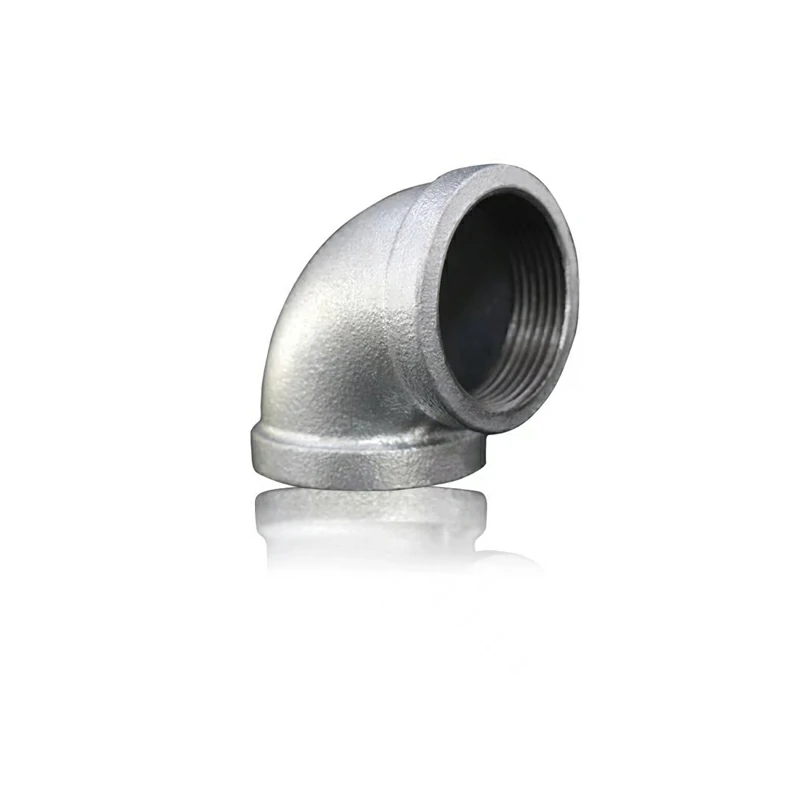Comparing a 90-degree galvanized elbow to other types of pipe fittings involves considering various factors such as material, corrosion resistance, durability, cost, and application suitability.
Here’s a comparison:
- Material: Galvanized elbows are typically made of steel that has been coated with a layer of zinc to protect against corrosion. Other types of fittings may be made from materials such as stainless steel, brass, PVC, or copper, each with its own properties and suitability for different applications.
- Corrosion Resistance: Galvanized elbows are highly resistant to corrosion, thanks to the zinc coating. This makes them particularly suitable for outdoor and corrosive environments. Other materials may offer corrosion resistance as well, depending on their composition.
- Durability: Galvanized elbows are known for their durability and longevity, especially in harsh environments. 90 degree galvanized elbow They can withstand exposure to moisture, chemicals, and temperature fluctuations. Other materials may have varying degrees of durability depending on their composition and treatment.
- Cost: Galvanized elbows tend to be cost-effective compared to some other materials like stainless steel or brass. However, the initial cost may vary depending on factors such as material quality, size, and quantity purchased.
- Installation: Galvanized elbows are relatively easy to install and can be welded or threaded into piping systems. Other types of fittings may require different installation methods, such as solvent welding for PVC fittings or compression fittings for copper pipes.
- Application Suitability: Galvanized elbows are commonly used in plumbing, water distribution, HVAC, and outdoor piping systems. However, they may not be suitable for applications where high purity water is required due to the potential for zinc leaching. Other materials like stainless steel or brass may be preferred for such applications.
- Weight: Galvanized elbows are generally heavier than fittings made from plastic materials like PVC or CPVC. This may be a consideration when installing piping systems where weight is a concern.
- Environmental Impact: Galvanization involves the use of zinc, which can have environmental implications during the manufacturing process and at the end of the product’s life cycle. Other materials may have different environmental impacts depending on their production processes and disposal methods.
Overall, the choice between a 90-degree galvanized elbow and other types of pipe fittings depends on factors such as the specific application, environmental conditions, budget, and regulatory requirements. It’s essential to carefully evaluate these factors to select the most suitable fitting for a given project.
